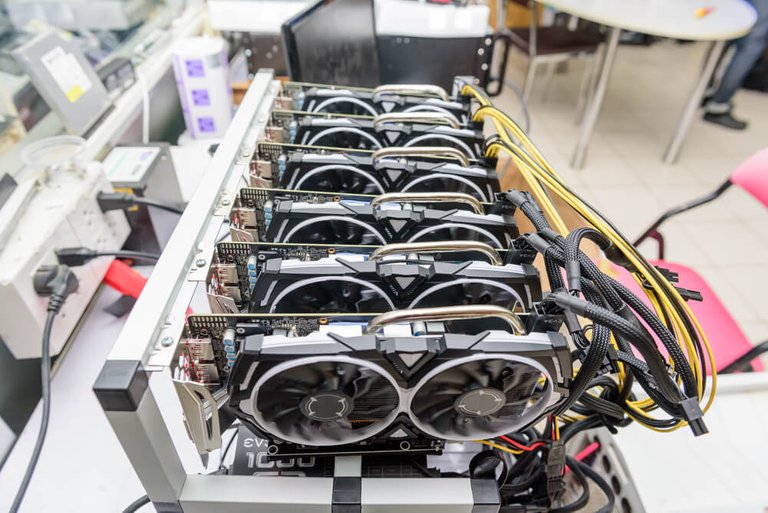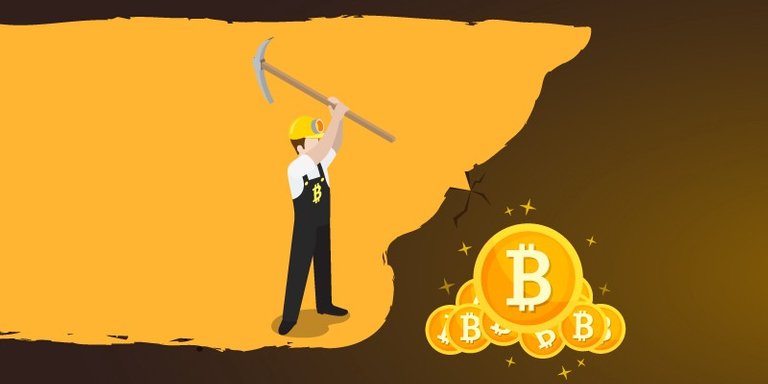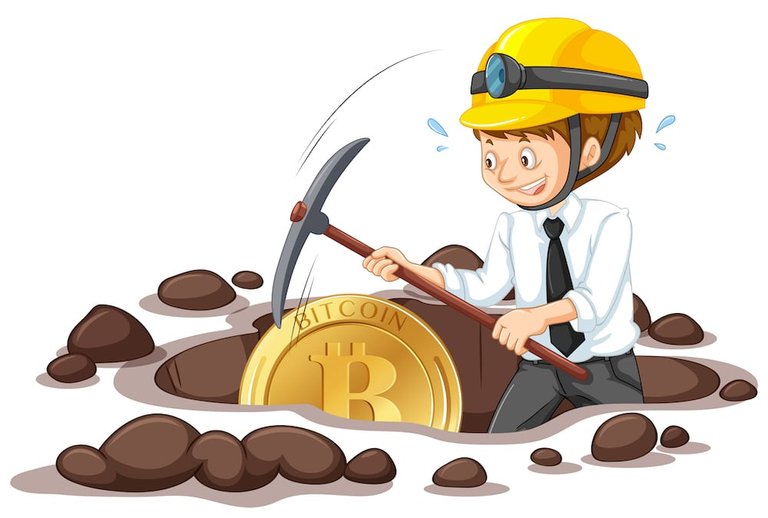
Lesson 8: How Bitcoin Mining Works
Thanks to Bitcoin exchange guide, click here to get more info (aweber.com)
Lesson 8: How Bitcoin Mining Works
In lesson 7, we explained the many places where you can spend your bitcoin – including hundreds of thousands of online and offline retailers.
Today, we’re going to explain the concept of bitcoin mining. We’ve hinted at bitcoin mining in previous lessons. We already explained that bitcoin miners earn “block rewards” in the form of bitcoin. They receive rewards when they successfully process a transaction on the bitcoin network.
But bitcoin mining is more complicated than that. Today, we’re explaining how bitcoin works – including how new bitcoins are added to the network. You’ll learn:
- What exactly a bitcoin “miner” is
- How many bitcoins you can earn through bitcoin mining
- How bitcoin miners simultaneously secure the network and process transactions
- Why bitcoin is secured by ultra-complex mathematical operations
- How Bitcoin Transaction’s Work
- How Does Bitcoin Mining Work? Why is Bitcoin Mining So Difficult? When you think of “mining”, you probably think of coal mines, gold mining equipment, and similar resource extraction operations.
- Can I Make Money Through Bitcoin Mining?
The bitcoin blockchain has no central authority. Instead, the bitcoin blockchain is spread across a network of “nodes”. Each “node” is just a computer that runs the bitcoin software. You download the software and run it to instantly become a node.
No node is worth more than any other node. All nodes maintain a copy of the bitcoin blockchain while also processing new transactions. When a node processes and verifies a new transaction, that node will receive a block reward.
As of 2018, the block reward is worth 12.5 BTC. You receive 12.5 BTC when you add a new block to the bitcoin blockchain – a process that occurs every 10 minutes. The block reward goes to just one node or pool. The Bitcoin block mining reward halves every 210,000 blocks, the coin reward will decrease from 12.5 to 6.25 coins. the next reward halve will occur May 22, 2020
We call it a “blockchain” for a simple reason. Each “block” consists of a group of transactions. That block references the previous block of transactions and it also references the next block to be added. This creates a “chain of blocks” – or a blockchain.
It’s important to note that nodes never hold a specific “file” or data containing bitcoins. Instead, nodes just maintain a complete set of transaction records between different bitcoin addresses. These transactions keep track of a wallet’s increasing or decreasing balance over time.
Bitcoin transactions are not encrypted. Anyone can view bitcoin transactions via a block explorer.

Bitcoin mining doesn’t work that way at all. Instead, bitcoin mining refers to the process of solving incredibly complex mathematical problems.
In order to solve these math problems, you need a powerful computer capable of processing billions of math problems per second. Your computer tries all of these solutions before finding the correct one.
All nodes in the bitcoin network race each other to solve the bitcoin problem first. The first node that solves the problem will have the “proof of work”. This proof of work is difficult to solve but easy to verify. All nodes on the network can verify that the proof of work is correct. Once the nodes verify the proof of work is correct, the block can be added to the blockchain and the transactions are processed.
The node that successfully provided the proof of work will receive a reward of 12.5 BTC.

Many people are curious about whether or not they can still make money through bitcoin mining in 2018.
In reality, the days of hobbyists mining bitcoin and earning big profits are long gone.
Today, the bitcoin mining space is dominated by major corporations like Bitmain. These corporations own thousands of nodes – thousands of computers – that are all dedicated exclusively to mining bitcoin. They own huge data centers with advanced cooling equipment inside.
These corporations relocate to parts of the world with low cooling and electricity costs. Many mining corporations are based in Iceland, China, Canada, or certain parts of the United States (like Washington State).
The reason the space is dominated by corporations is because of economies of scale. These companies can afford to get discount bulk rates when buying specialized mining computers. This gives them the best possible profit margins.
Ultimately, you can still make money by mining bitcoin in 2018. You can build a gaming-style PC with multiple GPUs. Or, you can buy an Antminer S9 for $2500. However, many hobbyist miners will spend more on electricity than they earn through block rewards. Furthermore, the technology can become obsolete in just a few months, which means by the time you’ve earned a positive ROI, it’s time to upgrade your rig.
Today’s bitcoin mining space is also dominated by bitcoin mining “pools”. Today, solving a bitcoin problem is so difficult that it’s virtually impossible for a single computer to earn a block reward. Instead, the community has created pools – which are networks of thousands of nodes that pool their processing power together to better compete for block rewards.
An entire pool might win a block reward every few days, which means 12.5 BTC is available to be distributed between, say, 10,000 members of the pool.
In lesson 9, we’ll explain how bitcoin exchanges work, including how to find the best exchange and how to avoid getting scammed.
